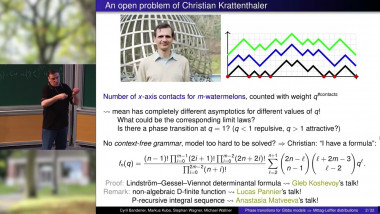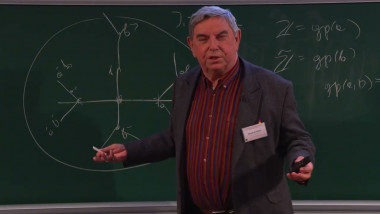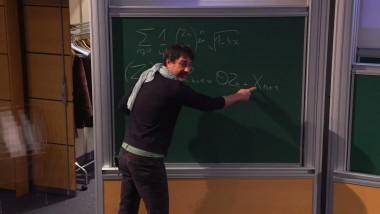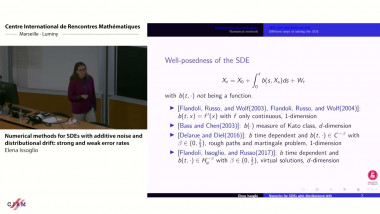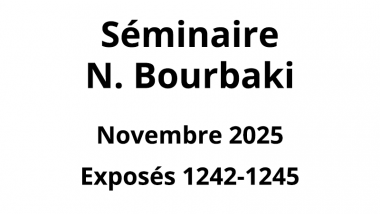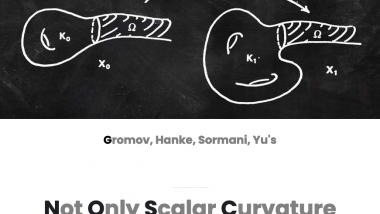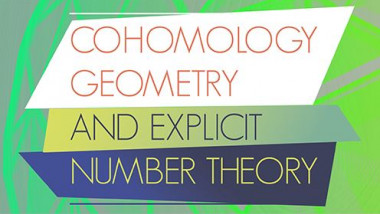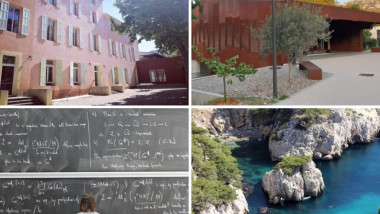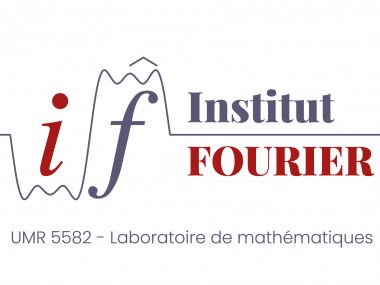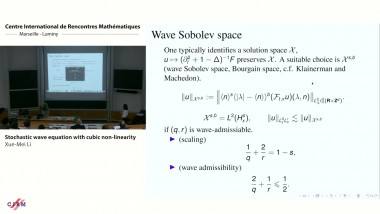Appears in collection : 19th workshop on stochastic geometry, stereology and image analysis / 19ème conférence en géométrie stochastique, stéréologie et analyse d'images
Random mosaics generated by stationary Poisson hyperplane processes in Euclidean space are a much studied object of Stochastic Geometry, and their typical cells or zero cells belong to the most prominent models of random polytopes. After a brief review, we turn to analogues in spherical space or, roughly equivalently, in a conic setting. A given number of i.i.d. random hyperplanes through the origin in $\mathbb{R}^d$ generate a tessellation of $\mathbb{R}^d$ into polyhedral cones. The typical cone of this tessellation, called a 'random Schläfli cone', is the object of our study. We provide first moments and mixed second moments of some geometric functionals, and compute probabilities of non-trivial intersection of a random Schläfli cone with a fixed polyhedral cone, or of two independent random Schläfli cones.
Parts are joint work with Matthias Reitzner, others with Daniel Hug.
